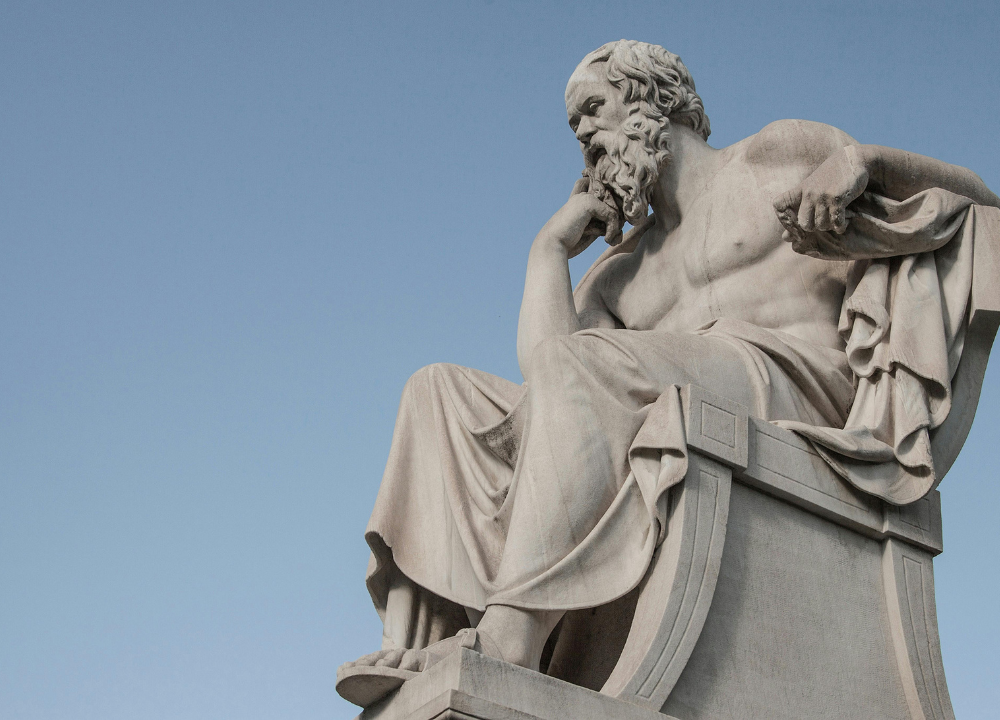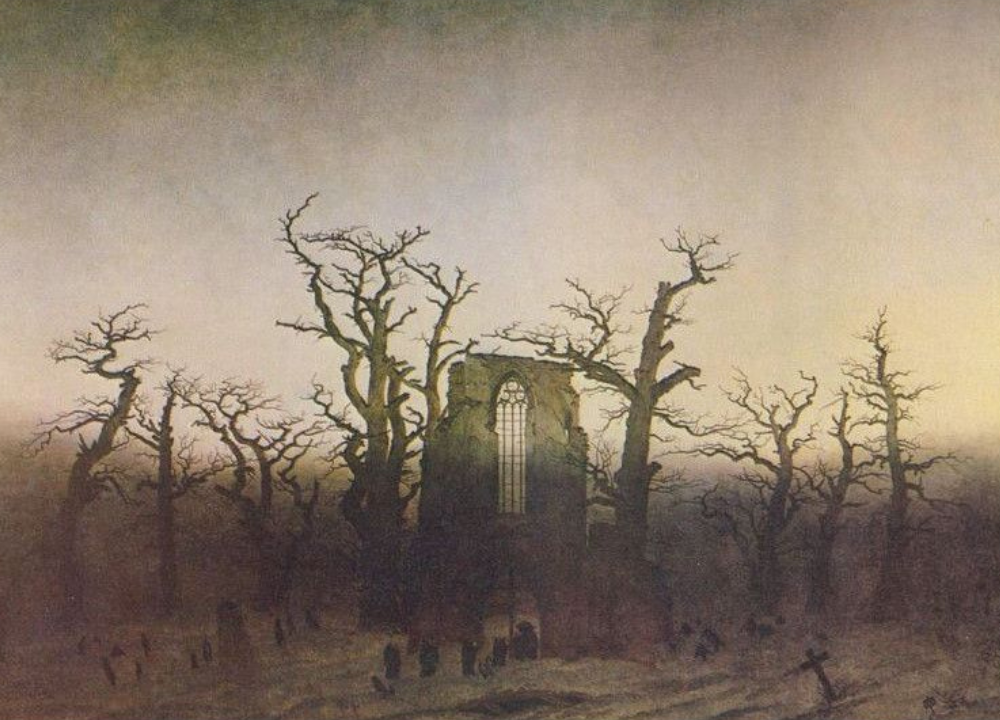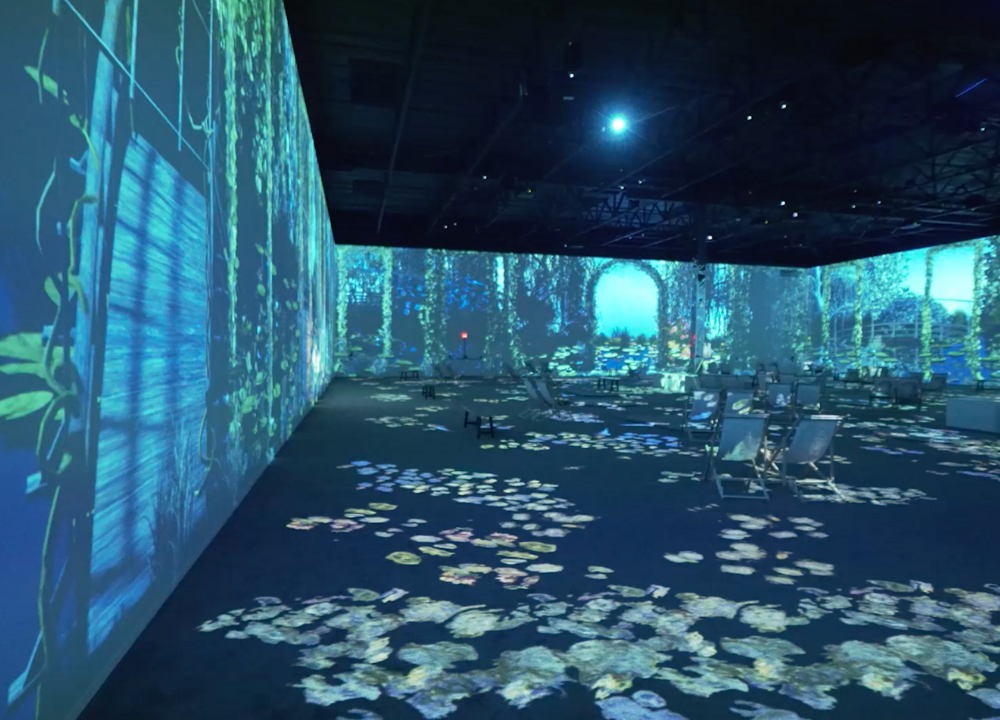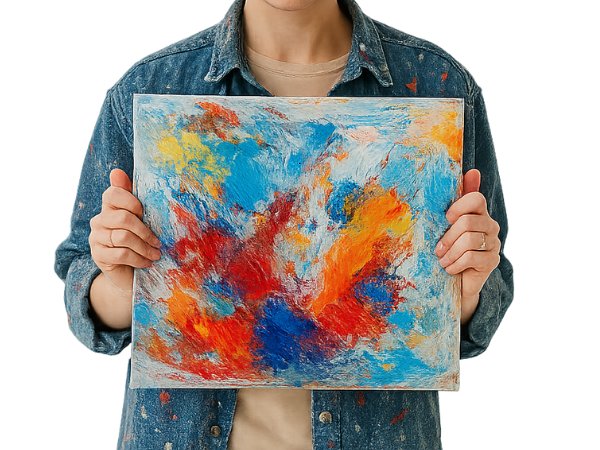“Luncheon on the Grass” is a famous painting by Édouard Manet. Created in 1863, it shocked viewers and changed art forever.
This work shows a picnic scene with a naked woman sitting among fully dressed men. It broke traditional rules of art and raised questions about society. Manet’s style was bold and modern, paving the way for future artists. The painting is often seen as a turning point in art history.
It challenged the norms of its time and sparked much debate. People continue to analyze its meaning and impact. Understanding “Luncheon on the Grass” helps us appreciate how art reflects culture and society. Dive deeper into this masterpiece and explore its significance in the art world.
Introduction To Manet
Édouard Manet was a key figure in the world of art. His painting, Luncheon on the Grass, sparked much debate and discussion. This work challenged traditional views of art and society. To understand this piece, we must first explore Manet’s life and influences. This will help us appreciate his unique style and vision.
Early Life
Édouard Manet was born on January 23, 1832, in Paris, France. He came from a wealthy family. His father was a lawyer, and his mother was the daughter of a government official. Manet’s family expected him to become a lawyer. However, he had a passion for art.
At age 16, he decided to pursue painting. He studied under various artists. This included Thomas Couture, who influenced his early style. Manet faced challenges in his career. His work was often rejected by the art community.
Key points in Manet’s early life:
- Born in Paris in 1832
- Wealthy family background
- Studied under Thomas Couture
- Faced rejection from art community
Despite these struggles, he continued to paint. Manet’s early experiences shaped his future work. They helped him develop a unique approach to art.
Artistic Influence
Manet was influenced by many artists and movements. His style combined elements of realism and impressionism. He admired the works of Gustave Courbet and Diego Velázquez. Their use of light and color inspired him.
Manet also drew inspiration from traditional themes. He often painted scenes of modern life. He sought to capture everyday moments. His choice of subjects was bold. This was especially true for Luncheon on the Grass.
Key influences on Manet’s artistic style:
- Gustave Courbet – Realism
- Diego Velázquez – Baroque style
- Impressionism – Use of color and light
Manet’s work set the stage for future artists. His unique vision challenged norms. He paved the way for movements like impressionism and modern art.
Luncheon On The Grass
“Luncheon on the Grass” is a famous painting by Édouard Manet. Created in 1863, this artwork shocked viewers and changed the art world. It shows a picnic scene with a naked woman sitting beside fully dressed men. This bold choice challenged traditional norms and started conversations about art and society.
Creation Timeline
The creation of “Luncheon on the Grass” marked a turning point in art history. Here is a brief timeline of its development:
| Year | Event |
|---|---|
| 1862 | Manet begins to plan the painting. |
| 1863 | Painting completed and exhibited at the Salon des Refusés. |
| 1865 | Painting receives both criticism and praise. |
Manet worked on this piece for about a year. The painting was inspired by earlier works, including Renaissance and classical art. Here are some key points about its creation:
- Manet wanted to mix realism with traditional themes.
- He used bold colors and strong contrasts.
- The composition was unique for its time.
“Luncheon on the Grass” faced harsh criticism. Many found the depiction of a naked woman scandalous. Manet’s approach was daring, making a statement about modern life.
Artistic Intent
Manet’s artistic intent behind “Luncheon on the Grass” was significant. He sought to challenge conventions in art. This painting reflects modern life and its complexities. Here are some key elements of his intent:
- Showcase the contrast between the nude and the clothed.
- Highlight the social dynamics of the time.
- Encourage viewers to question traditional norms.
Manet aimed to provoke thought. He believed art should reflect reality, not just idealized forms. The naked woman is not an object of desire. She is part of a social scene, equal to the men.
Critics noted the unidealized portrayal of beauty. Manet rejected the traditional beauty standards of the time. His bold choices opened doors for future artists.
This painting is not just a picnic scene. It represents a shift in artistic expression. Manet’s work laid the groundwork for modern art movements.
Artistic Techniques
Édouard Manet’s “Luncheon on the Grass” is a striking work that challenged art norms in the 19th century. The painting showcases innovative artistic techniques that draw viewers in. Manet’s unique approach to brushwork and color palette highlights his desire to capture modern life. These techniques not only define his style but also convey complex themes in simple ways.
Brushwork Style
Manet’s brushwork style is bold and expressive. He often used loose, visible brushstrokes. This technique gives his paintings a sense of immediacy and movement. In “Luncheon on the Grass,” the brushwork serves several purposes:
- Texture: The varied brushwork creates rich textures. It makes the grass feel alive and the figures more dynamic.
- Light and Shadow: Manet’s strokes capture light. He uses darker shades to create shadows, enhancing the three-dimensional feel.
- Emphasis on Form: The brushwork outlines the figures clearly. This helps to focus attention on the subjects.
Here’s a table showing the different brush techniques Manet used:
| Technique | Description |
|---|---|
| Loose Strokes | Visible brushwork that adds energy. |
| Blending | Smooth transitions between colors. |
| Impasto | Thick application of paint for texture. |
This brushwork style contributes to the overall impact of the painting. It makes “Luncheon on the Grass” feel lively and engaging.
Color Palette
The color palette in “Luncheon on the Grass” is vibrant and striking. Manet used a mix of warm and cool colors. This creates a balance that draws the eye. The colors also reflect the mood of the scene.
- Greens: Various shades of green represent the grass. They create a natural setting.
- Flesh Tones: The figures have realistic skin tones. This humanizes the subjects.
- Bold Accents: Bright colors like red and blue add visual interest.
Manet’s choice of colors serves specific purposes:
- Creates contrast between figures and background.
- Draws attention to the central figures.
- Sets an inviting, yet provocative tone.
Overall, the color palette enhances the visual story. It captures the essence of leisure and social interaction.
Cultural Context
Édouard Manet’s “Luncheon on the Grass” stands as a significant piece in art history. This painting created waves in the art world of the 19th century. Understanding its cultural context reveals much about society and art during this time. The painting reflects changing ideas about art, society, and the role of women.
19th Century Paris
In the 19th century, Paris was a vibrant city full of change. The Industrial Revolution transformed daily life. More people moved to cities for work. This shift affected art and culture significantly. Artists began to explore new subjects and styles.
During this time, social classes began to mix more. The old rules of society were changing. Artists like Manet captured these changes. They showed scenes of modern life, breaking from traditional themes.
- Urbanization: Paris grew rapidly, creating new social dynamics.
- Class Mixing: Different social classes interacted more frequently.
- Emergence of Cafés: Cafés became popular meeting places for artists and thinkers.
The Salon, an important art exhibition, was the main place for artists to show their work. Manet’s painting shocked many at the 1863 Salon. The nudity and casual setting broke with traditional depictions of women in art.
| Year | Event |
|---|---|
| 1863 | Manet exhibits “Luncheon on the Grass” |
| 1865 | Manet’s “Olympia” causes further controversy |
| 1874 | First Impressionist Exhibition |
Art Movements
The 19th century was rich with art movements. Each movement reacted to the culture and society of its time. Realism and Impressionism were two major movements that influenced Manet.
Realism focused on everyday life. Artists painted common people and ordinary scenes. Manet was a pioneer of this movement. He sought to represent modern life honestly.
Impressionism followed, emphasizing light and color. Artists like Claude Monet and Pierre-Auguste Renoir used quick brush strokes and vibrant colors. They captured moments in time.
- Realism: Focused on the real world and everyday subjects.
- Impressionism: Highlighted light effects and fleeting moments.
- Post-Impressionism: Introduced new ideas and techniques, expanding on Impressionism.
Manet’s work bridged these movements. He blended realism with impressionist techniques. His bold choices influenced future artists. This laid the groundwork for modern art.
Controversial Reception
Édouard Manet’s painting Luncheon on the Grass stirred strong feelings when it was first shown. This artwork, displayed in 1863, broke many rules of art. It showed a nude woman sitting with fully clothed men. This was shocking for many people at that time. The painting sparked debates about morality, art, and society. The controversial reception helped shape Manet’s legacy as a leader in modern art.
Initial Reactions
When Luncheon on the Grass first appeared, reactions were immediate and intense. Many viewers were confused and upset. The painting’s boldness challenged the norms of the art world.
Here are some common reactions:
- Shock: Viewers were surprised to see a naked woman in public.
- Disgust: Many thought the scene was inappropriate and vulgar.
- Curiosity: Some people were intrigued and wanted to understand the message.
Manet faced harsh criticism from art critics and the public. They felt the painting broke moral standards. To illustrate initial reactions, the table below summarizes key responses:
| Reaction Type | Description |
|---|---|
| Negative | Many called it immoral and offensive. |
| Positive | Some praised its boldness and originality. |
| Indifferent | Others simply ignored it and moved on. |
This mix of reactions highlighted the shifting values in art and society. Manet’s work forced people to think about the role of art in everyday life.
Critical Reviews
Critics had strong opinions about Luncheon on the Grass. Some praised Manet’s technique, while others condemned the subject matter.
Many art critics were harsh. They said the painting lacked traditional beauty. Some argued it was a bad representation of women. Others felt it showed a negative view of society. Here are some notable critiques:
- Émile Zola: Recognized the painting’s boldness and praised its originality.
- Charles Baudelaire: Defended Manet, arguing for its importance in modern art.
- Other Critics: Labeled it as a disgrace to the art community.
Despite the negative reviews, the painting inspired many artists. It opened doors to new styles and ideas. Its impact on modern art is undeniable.
Overall, the critical reviews shaped the conversation around Manet’s work. They also influenced future generations of artists. The painting became a symbol of artistic freedom and expression.
Conclusion
“Luncheon on the Grass” remains a powerful symbol of modern art. Manet challenged social norms and artistic traditions. His bold choices sparked conversations that continue today. The painting invites viewers to reflect on society and art. It combines everyday life with fine art, creating a unique experience.
Understanding this work helps us appreciate the shift in art history. Manet’s vision opened doors for future artists. Explore this masterpiece and discover its impact on art and culture. Embrace the beauty of art that challenges the ordinary.




